Hotel Maremons (호텔 마레몬스)
7.6 Km 14524 2017-10-20
3705, Donghae-daero, Sokcho-si, Gangwon-do
+82-33-630-7000
Hotel Maremons is located in the tourist city Sokcho, a city of a thousand historical and cultural heritages. Each of the hotel’s 148 guestrooms offers a panoramic view of Seoraksan Mountain and the East Sea. Daepo Port and Haemaji Park are situated nearby and on clear days guests can watch a beautiful sunrise from the comfort of their rooms. Hotel Maremons offers a variety of rooms and facilities for those hosting seminars and party events. The hotel amenities make a stay here convenient and comfortable.
BENIKEA Hotel Mountain & Ocean Daepohang (베니키아 호텔 산과 바다 대포항)
7.7 Km 5925 2020-05-07
3691, Donghae-daero, Sokcho-si, Gangwon-do
+82-33-635-6644
Located in Sokcho, Gangwon-do, the Benikea Hotel Mountain & Ocean Daepohang guest rooms are famous for their views facing the deep blue East Sea. In addition, another must-visit attraction in Sokcho, Seoraksan Mountain, is not too far away which makes this hotel a convenient destination to stop and relax before or after mountain climbing.
Cheongganjeong Pavilion (청간정)
7.9 Km 38029 2024-03-18
5110 Donghae-daero, Toseong-myeon, Goseong-gun, Gangwon-do
Cheongganjeong Pavilion, located atop a cliff, was built during the mid-Joseon period. It is situated at the point where Cheonggancheon Stream, originating from Seoraksan and Cheonhusan Mountains, flows into the East Sea. The view of the pine forest and the East Sea draws many visitors. Nearby attractions include Cheongganhaebyeon Beach, Cheonjinhaebyeon Beach, Ayajinhaebyeon Beach, as well as Bongpo Port and Ayajin Port.
Sokch Seorak Sunrise Park (속초 설악해맞이공원)
7.9 Km 18358 2022-12-26
3664, Donghae-daero, Sokcho-si, Gangwon-do
+82-33-639-2196
Referred to as "Namulchi," Sokcho Seorak Sunrise Park is located in the area of National Highway 7, the main point toward Daepohang Port, Yangyang, and Seoraksan Mountain. The park is perfect for enjoying a sunrise trip. The park area includes Sunrise Plaza, Lover’s Road, Happy Road, Love Road, other various themed sculptures, symbolic sculptures of Seoraksan Mountain, and light fountains, making it a great place to take a walk.
EL Hotel [Korea Quality] / 이엘호텔 [한국관광 품질인증/Korea Quality]
10.2 Km 98 2021-03-27
3347, Donghae-daero, Yangyang-gun, Gangwon-do
+82-33-673-3737
This hotel with a wonderful view is located near Jeongam Beach, Yangyang. This ivory hotel’s claim to fame is, naturally, its ocean view, the emerald colors of the East Sea stretching to the horizon just outside the window. There are two types of views, the ocean and the mountain, and the former tends to be more popular among the two.
All rooms are equipped with beds, whose white beddings blend in remarkably well with monotone walls. There are seven types of rooms, according to their size, their view, and bed arrangements. Guests can choose between the Standard Double, ideal for two, to Royal Suite for 4, Premier Suite, and Family Suite, depending on their traveling arrangements. Premier and Family Suites are in particular comfortably furnished with a wide living room.
First Floor Restaurant, located in the rooftop lounge on the 7th floor, is the other draw of the hotel. Its meals are served with an expansive and unobstructed view of the East Sea. The restaurant offers breakfast in the morning, and a pub serving food from the grill and beer in the evening. The hotel is located near Yangyang and Sokcho’s famous sights, such as Naksansa Temple, Naksan Beach, and Daepohang Port.
Osaengnyeong (Hangyeryeong) Pass (오색령(한계령))
10.5 Km 9864 2021-04-12
Seo-myeon, Yangyang-gun, Gangwon-do
+82-33-672-2883
This 1,004 m-high pass connects Seo-myeon of Yangyang-gun and Buk-myeon and Girin-myeon of Inje-gun, at the border between Naeseorak and Namseorak. The people of Yangyang know the pass as Osaengnyeong, while in Inje it is known as Hangyeryeong. Yi Jung-hwan, a late Joseon period scholar and the author of the geographical text Taengniji (On Selecting a Village), counted Osaengnyeong Pass as the first and the foremost of the six famous passes in Gangwon-do. Indeed, Osaengnyeong Pass was the route through which essential supplies were transported from Yangyang (in Yeongdong) to Inje (in Yeongseo region), and the rough pass taken by the people of Yangyang on the way to Seoul. Its presence in the folklore of the region can be seen in the popular song Hangyeryeong, which speaks to the difficulties of those who had to climb the pass. Hangyeryeong Road was opened in 1981, and today’s National Road No. 44 is famous for being a driving course through the beauty of Seoraksan Mountain. This is also the starting point of the shortest route to Daecheongbong Peak, the highest peak in Seoraksan Mountain, and the trail to the summit of Jeombongsan Mountain.
Bongjeongam Hermitage (Inje) (봉정암(인제))
10.6 Km 36133 2024-02-28
1700 Baekdam-ro, Buk-myeon, Inje-gun, Gangwon-do
Bongjeongam Hermitage, situated at the highest point of Seoraksan Mountain, stands at 1,244 meters above sea level. Due to its elevation, one can witness snow-covered landscapes well into late May. The temple is 10.6 kilometers from the entrance of Baekdamsa Temple and requires 4-5 hours of steep climbing to reach. The view from Bongjeongam Hermitage is breathtaking, but the view of Seoraksan Mountain from the Shrine of Sakyamuni Buddha's Sarira is equally unmissable.
Naksansa Temple (낙산사)
11.8 Km 61805 2022-12-22
100, Naksansa-ro, Yangyang-gun, Gangwon-do
+82-33-672-2447
This ancient temple was built in the 11th year of King Munmu’s reign of Silla (671) by the Buddhist monk Uisang. Naksansa Temple is one of the foremost sights of Yangyang, and one of the most historic sites in the region. Along with Ganghwa’s Bomunsa Temple and Namhae’s Boriam Hermitage, it is said to be one of the three centers of the cult of Avalokitesvara in Korea. Its handsome view overlooking the East Sea has earned it a spot in the Eight Sights of Gwandong (eight famous sights in Yeongdong region of Gangwon-do), documented throughout the ages in many classic literature and poetry. Today’s Naksansa Temple is a product of many restorations and expansions, and has many examples of cultural heritage within its walls. There is a 16 meter-tall statue of the Avalokitesvara Bodhisattva to Uisangdae, a pavilion built to overlook the sunrise over the East Sea on a coastal cliff, Hongnyeonam Hermitage, built over the crashing waves, Seven-story Stone Pagoda of Naksansa Temple, Yangyang (Treasure No. 499), a Joseon-era pagoda with Goryeo-era style, and Stupa, Stele, and Reliquaries of Naksansa Temple, Yangyang (Treasure No. 1723), including a number of sarira. A mountain fire in 2005 resulted in the loss of 20 buildings, including the building that housed its bronze bell (formerly Treasure No. 479 of Korea). The temple also operates templestay programs available through its website.
Uisangdae Pavilion (낙산사 의상대)
12.0 Km 16142 2021-04-12
100, Naksansa-ro, Yangyang-gun, Gangwon-do
+82-33-672-2447
This pavilion is located on a seaside cliff on the way from Yangyang’s Naksansa Temple to Gwaneumgul Cave of Hongnyeonam Hermitage. The word “dae” in Uisangdae refers to a building built at a vantage point for areas with beautiful scenery. Indeed, the view of the East Sea and the coast from Uisangdae Pavilion awarded its recognition as one of the Eight Sights of Yangyang, and a must-visit place for all visitors to Naksansa Temple. Jeong Cheol (pen-name: Songgang), a famed scholar and writer of the poem Song of Diamond Mountains, chose the pavilion as one of the Eight Sights of Gwandong, and the pavilion is today one of the popular sites for sunrise-viewing on the east coast of Korea. Together with Hongnyeonam Hermitage, it is designated as the Scenic Site No. 27 of Korea under the name “Uisangdae Pavilion and Hongnyeonam Hermitage of Naksansa Temple, Yangyang.” Uisangdae is named after Uisang, a respected Silla-era Buddhist monk who is said to have founded this temple in 671 (11th year of King Munmu’s reign of Silla), and many stories of his deeds can still be found in the temple. For instance, Uisangdae is said to be the site where he meditated before founding Naksansa Temple at its present site. Today’s pavilion was restored to its present hexagonal form in 1995.
Seorak Special Tourist Zone (설악 관광특구)
12.1 Km 7795 2020-03-25
Sokcho-si, Gangwon-do
+82-33-249-2775
Seorak Special Tourist Zone is a vast zone included in 3 administrative districts, encompassing the entirety of Seoraksan Mountain. In this zone, visitors have various ways to enjoy Seoraksan Mountain and the natural environment of the East Sea region.
Sokcho, which occupies the largest area in the zone, comes first when talking about Seoraksan National Park. Tourists can appreciate the picturesque scenery of the sea and coastal lakes as well as the mountain scenery of Seoraksan Mountain. Hikers can climb the mountain or ride a cable car. Sokcho Beach is a hot spot that attracts young people who fill the place with energy and life all through the summer.
Abai Village, which appeared in several TV dramas for its unique atmosphere, and Sokcho Jungang Market offer local specialties, such as abai sundae (Korean sausage) and dak gangjeong (glazed fried chicken bites).
Goseong, which is bordered by Seoraksan Mountain and Geumgangsan Mountain, is part of the Northern Limit Line (NLL) that offers a unpolluted, beautiful landscape around the Demilitarized Zone (DMZ). Hwajinpo Beach near Hwajinpo Lake, which is a lagoon, and Songjiho Beach near Songjiho Lake are the best places to spend a peaceful vacation. At Hwajinpo Lake, tourists can visit the summer house used by the first South Korean President Syngman Rhee and Castle of Hwajinpo, visited by the former North Korean leader Kim Il-sung before the division of the Korean Peninsula. Lastly, although it is a relatively small part of Seorak Special Tourist Zone, Yangyang has resources for mountain tourism and maritime culture, such as Seoraksan National Park and Naksan Provincial Park. Naksan Beach, Naksansa Temple and Hajodae are popular tourist sites. It is also famous as a district producing high quality pine mushroom.
* Current State of Seorak Special Tourist Zone
1) Districts Covered: Areas around Sokcho-si and parts of Goseong and Yangyang-gun, Gangwon-do
2) Area: 138.2k㎡(Sokcho 104.9k㎡, Goseong 30.5k㎡, Yangyang 2.8k㎡)
* Tourist Attractions
Seoraksan National Park, Sokcho Beach, Naksan Provincial Park, Hwajinpo Lake, Songjiho Lake, Hajodae Pavilion, Naksansa Temple, Osaek Mineral Spring, etc.
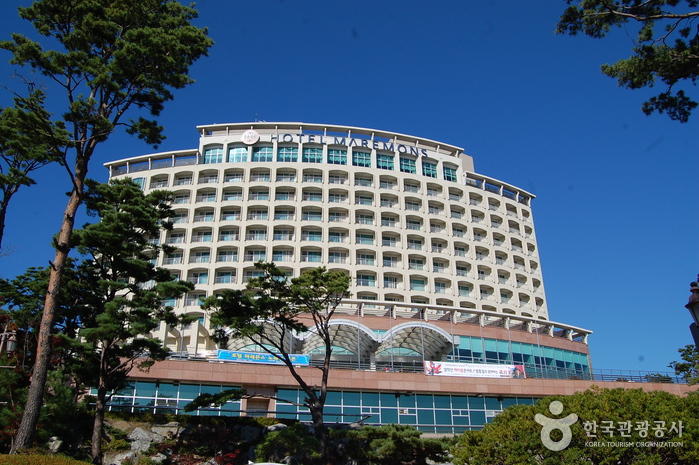
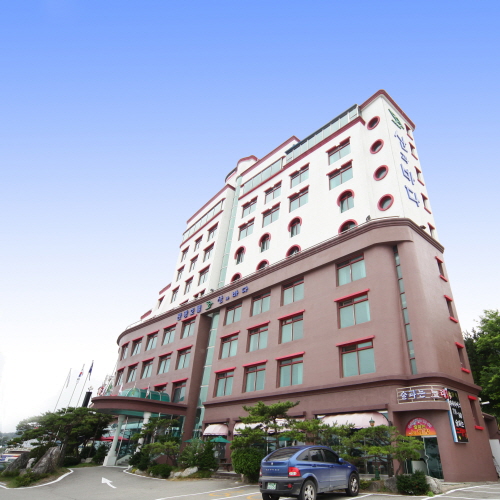

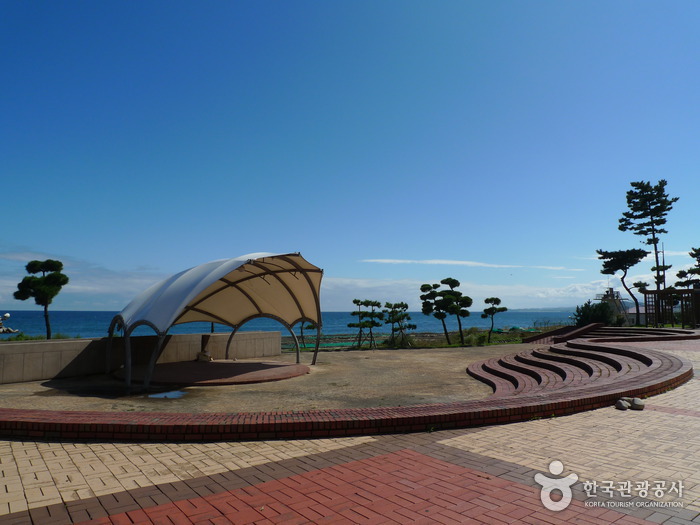
![EL Hotel [Korea Quality] / 이엘호텔 [한국관광 품질인증/Korea Quality]](http://tong.visitkorea.or.kr/cms/resource/12/2709312_image2_1.jpg)
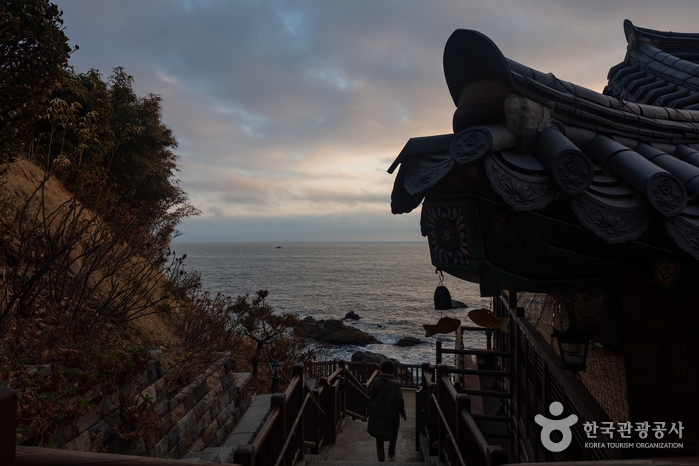
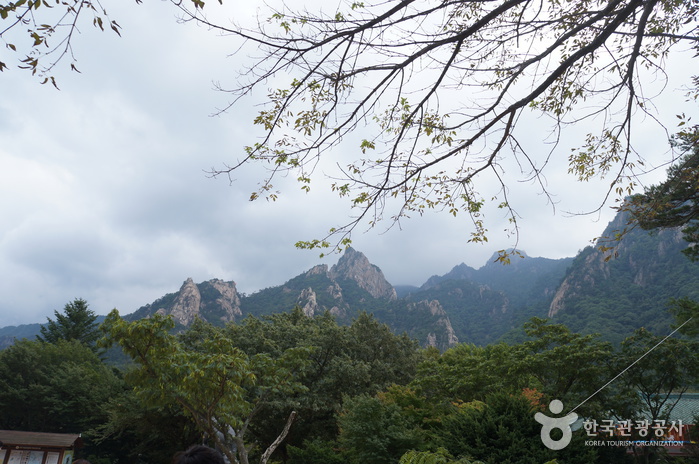
 English
English
 한국어
한국어 日本語
日本語 中文(简体)
中文(简体) Deutsch
Deutsch Français
Français Español
Español Русский
Русский